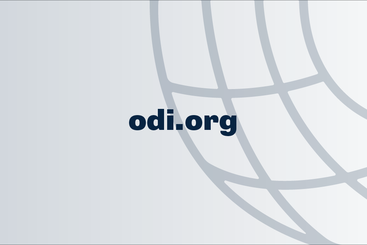Covid-19 has increased the need for social assistance, especially in low-income countries. The latest World Bank forecast (2022), suggests there will be only a gradual reduction in ‘extreme poverty’ over the next eight years, with 574 million people (6.8% of the world’s population) still living in extreme poverty in 2030.
While many of the extreme poor will be in middle-income countries, poverty rates as a proportion of the population are expected to remain highest in low-income countries. Even before Covid-19 there was a marked difference, with 44% of the population in extreme poverty in low-income countries compared with 10% in lower-middle-income countries.
Covid-19 has also increased the financing constraints that low-income countries face in funding social assistance, not least through the increasing number of countries at risk of reaching unsustainable levels of debt.
This paper explores the potential for four approaches to addressing these constraints:
- a more realistic appreciation of how much domestic taxation LICs and LMICs can raise;
- an exploration of the potential to further rebalance domestic spending in LICs and LMICs towards social assistance;
- what it would mean if existing social sector aid flows were rebalanced towards social assistance to bring these in line with the relative Sustainable Development Goal (SDG) costs of the different sectors; and
- understanding how scaled-back approaches to the transfer design of social floors could improve coverage and be poverty-focused but at much lower costs.






